Answers to questions in the lecture
My definition of the word research; To find out and explore
The last time I researched, before staring this course, was when doing the Harry Potter globe, research included looking at the constellations, where they sit in the sky, their meanings and personal attributes, visibility, then matching with personalities of characters from the Harry Potter books.
Curiosity, the room I am currently sitting in;
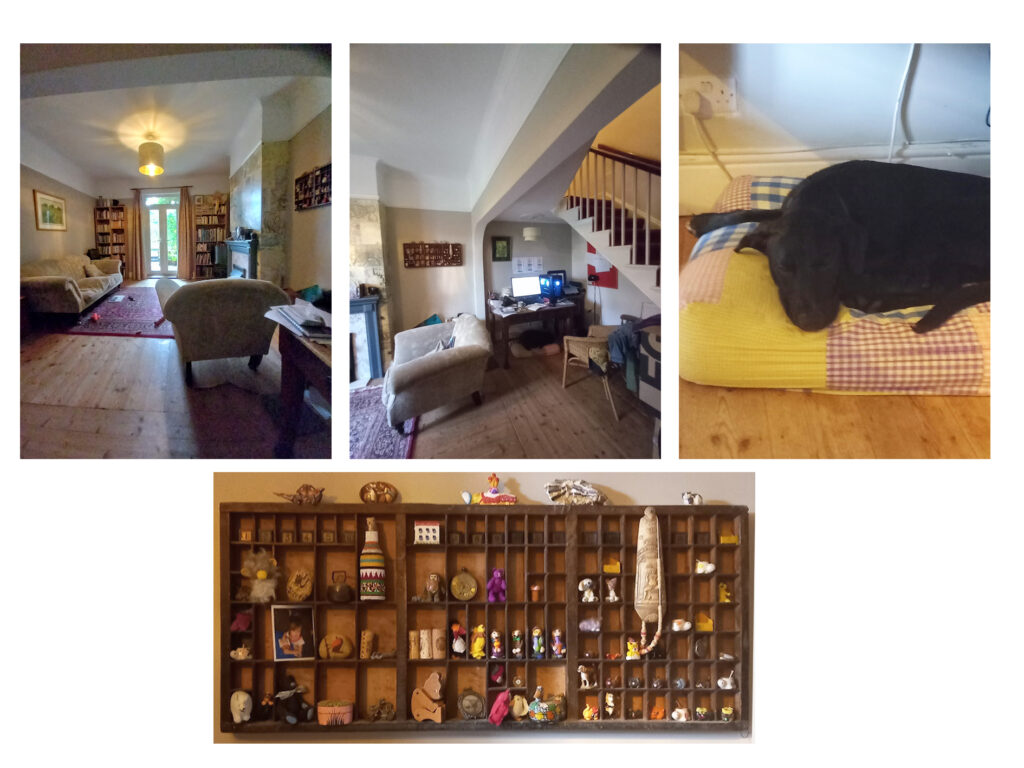
It is how we have made it, of sorts, we have lived here for 13 years, so it is a difficult room to see objectively
When we moved here it was fag smoke magnolia, the doors to the garden was a window. The wall had already been taken out, to make the room more open plan. My workspace is under the stairs, and Bernie dog bunks under the desk.
The light above the desk doesn’t work, even electricians can’t seem to work it out. But there’s no point removing it, as we would then have to do something about the wallpaper on the ceiling. The wall papered ceiling is a relic of what came before, we didn’t remove it, it goes with the house.
We have tried to keep the interior space, furniture, décor, complementary to the age of the house, even though the open plan bit is more 1980’s than 1860’s. I can imagine this room as an modern space with different lighting, bland walls, basically its soul ripped out, everything shiny , which many living in this house might have done, to update and modernise it. If I lived in a modern house I would most likely choose a more modern interior,
It is cosy, even though it is a large space with high ceilings, this is down to the warm colours, and things on the walls a collage of maps on the chimney breast , books, paintings, a printers type box filled with things both very old, inherited, and things made by my children, this all brings the space closer.
I try not to think too much about the history of the house/room who has lived here before, its inhabitants. I’m sure its seen its fair share of death.
Workshop Challenge
Choosing an artifact?
There are lots of items in my home I could choose from. I inherited a house of stuff, which had another couple of houses of stuff easily dating back 100 years, some of which are very interesting historical items and documents, in truth I don’t know what to do with it! But thinking about these things, I know a brief history, a slight backstory already.
I have decided to research this broken ceramic bottle/jug/vessel. It has no personal or family history, and so I am happier to research it. It was found about 5 years ago on the beach. It’s been sat on the shelf with other interesting beach finds. I don’t have much to go on, as most of the label has been smashed off, I know it originates from Ryde which is a fairly good start, and being a local object I hope to be able to find out . My first thing to do will be to visit the Ryde heritage centre and museum to see if they can shed some light on it’s origins. Looking at it, it appears that it has been fairly recently smashed, it has a jagged edge, the sea hasn’t worked it’s magic to make the edges smooth, my other photo shows finds that have clearly been exposed to the motion of the sea a little more. Perhaps my vessel was buried in the silt for years, or smashed in a recent storm. If asking these questions I would struggle to find out definitive facts.
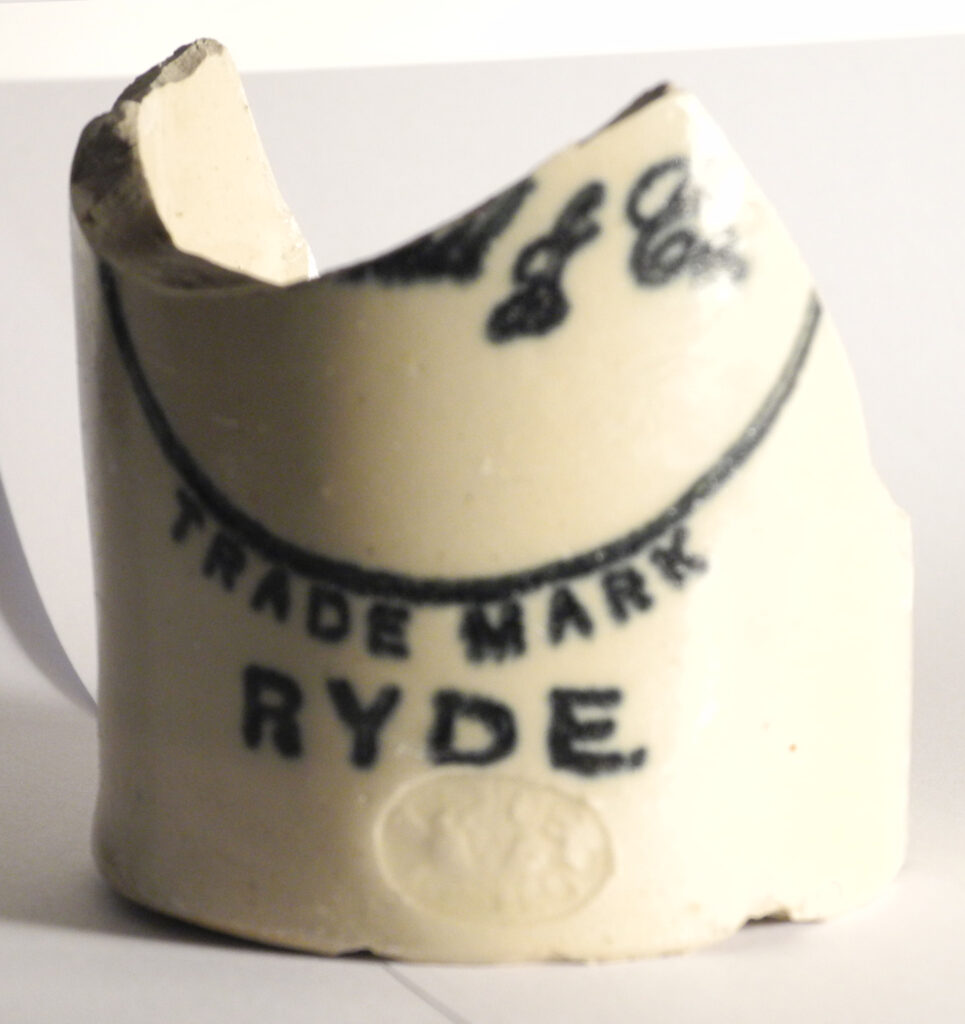
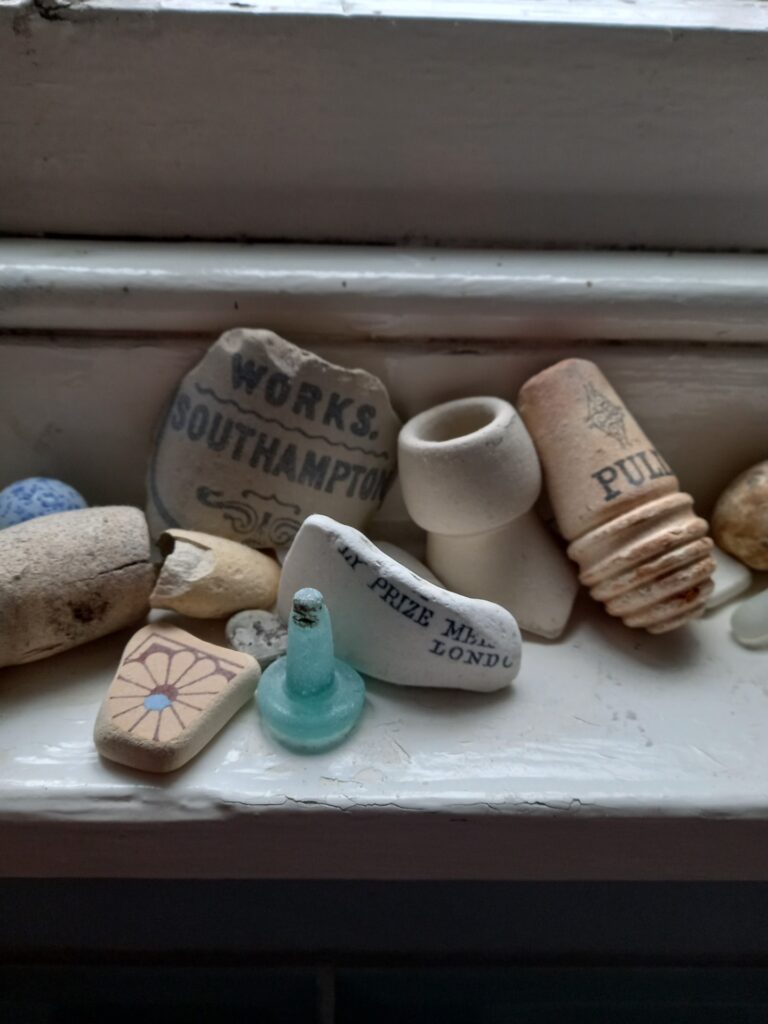
After initial e-mail conversation with Ryde Museum I discovered it was probably a ginger beer bottle by RR Randall.
My visit to the Ryde heritage centre and museum proved to fairly fruitful. This particular bottle would have been used for lemonade or ginger beer. The thickness of the ceramic would have helped to keep the contents cool. I have been given a more intact bottle, and taken some photos of other artifacts from the same drink manufacturer. Interestingly, Frank William Randall was born in Southampton, as was I, and lived about two minutes walk from my house in Ryde. I asked for more documentation about Randall & Co, but was disappointingly told they probably had some, but weren’t quite sure where to find it, but it should all be on line. The museum is run entirely by retired volunteers, so I was appreciative of the information and the intact bottle. I did find out the stamp mark on the bottle is not to do with Randall & Co, but the bottle makers stamp- so I will endeavour to find out which pottery made the bottles….
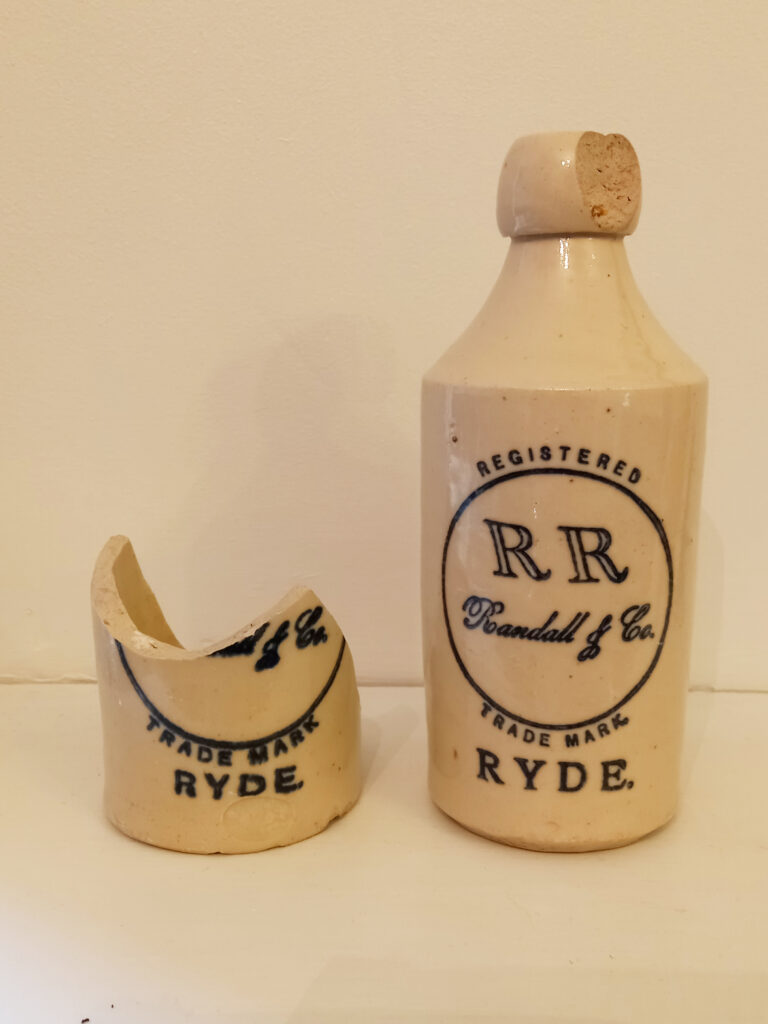
The makers stamp is far easier to read on the more intact bottle, it hasn’t been worn by the sea. It says Powell Bristol, another connection, where my late dad was from, weird connections besides, I shall find out what I can.
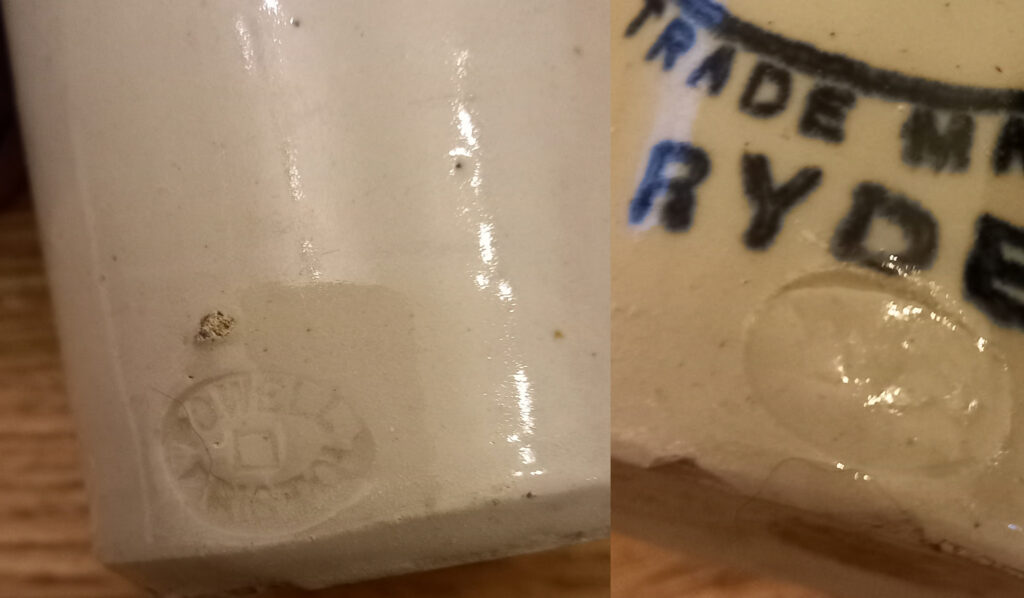
The Powell potteries, started by the Powel family of potters in 1780, William Powell in 1816 established a pottery , exporting stoneware and glass bottles globally as well as to the domestic UK market. Powells pottery first discovered/invented/used the Bristol glaze by potter Anthony Ammatt in 1835 (who is a whole new worm hole of research) the two tone effect that is seen on much stoneware of the time. Bristol glaze replaced the salt glaze that was used before, requiring only one firing to be watertight and acid resistant. William died in 1854 and the business was taken over by William (jr) and Septimus Powell. It was common to stamp the manufacturers mark onto bottles, early branding and self marketing? By the end of the 19C Powells were the second largest maker of stoneware bottles in England. In 1907 they were amalgamated with Price Sons & Co, the St Thomas St Pottery. My bottles were mass produced marvels of 18C.
A Little more about Randall and his fizzy PoP
In 1887 Randall purchased mineral water business Washington Gimblett LTD in church lane Ryde. His father was a chemist, and extended family seemed fairly well to do. It seems Randall was well a well respected public figure in Ryde.
Poster in the Ryde museum, 1904 calendar advertising Randalls mineral waters and non alcoholic wines and cordials, and other information from the museum.
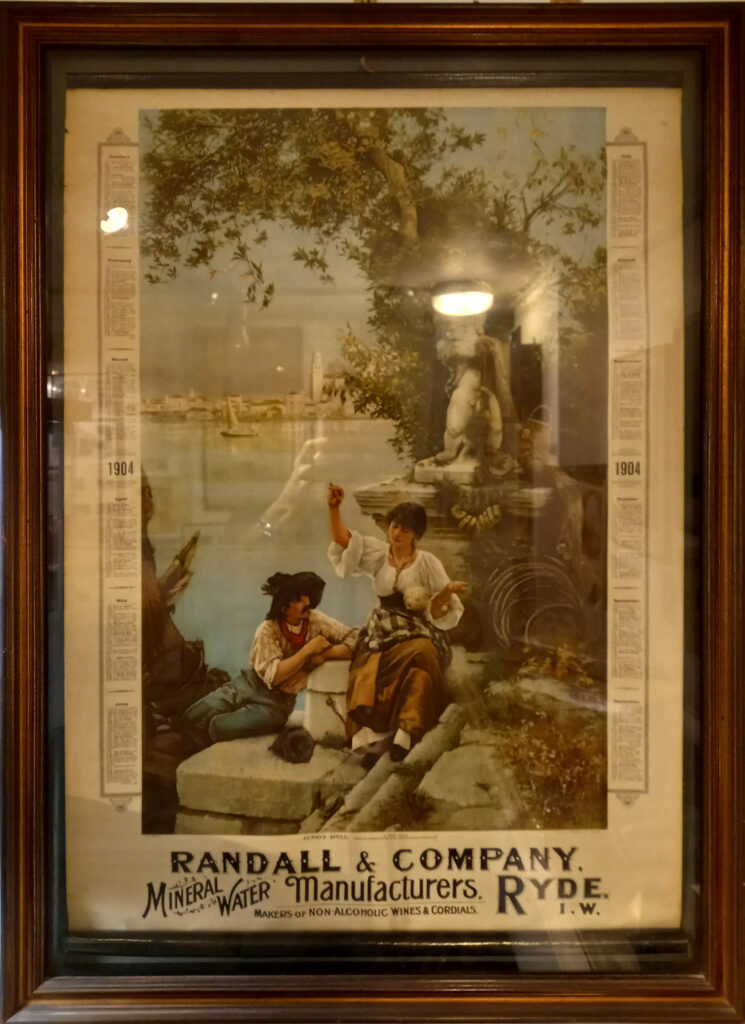
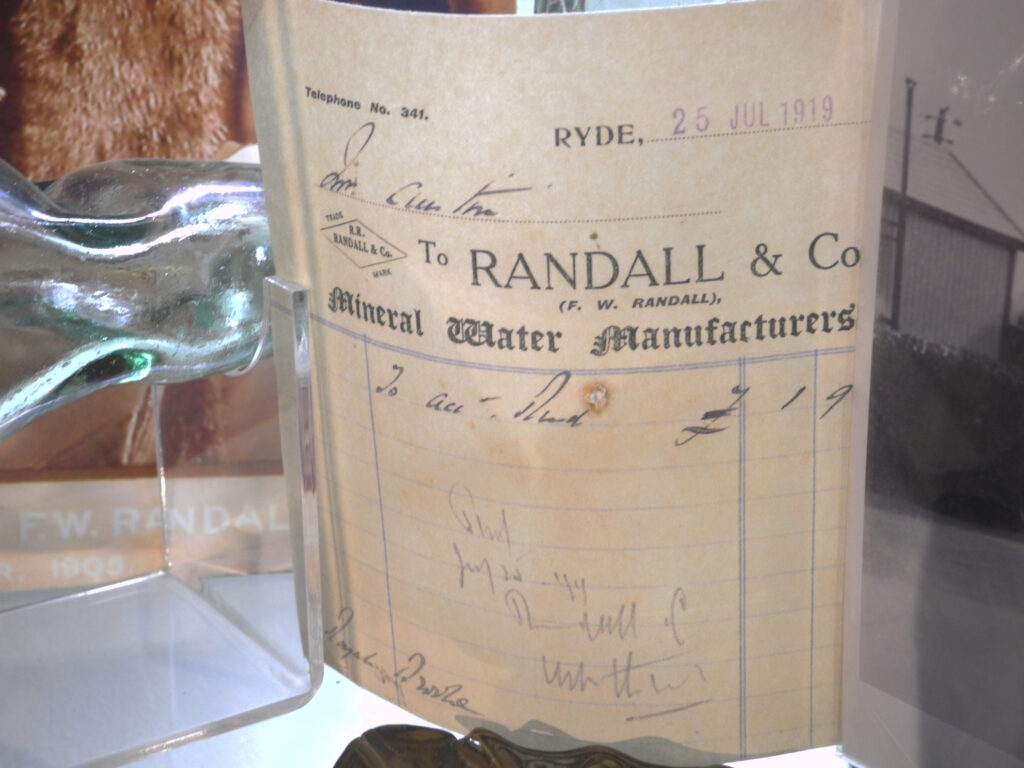
A late example of a Randall receipt, after the bottle was made, note the three digit phone number.
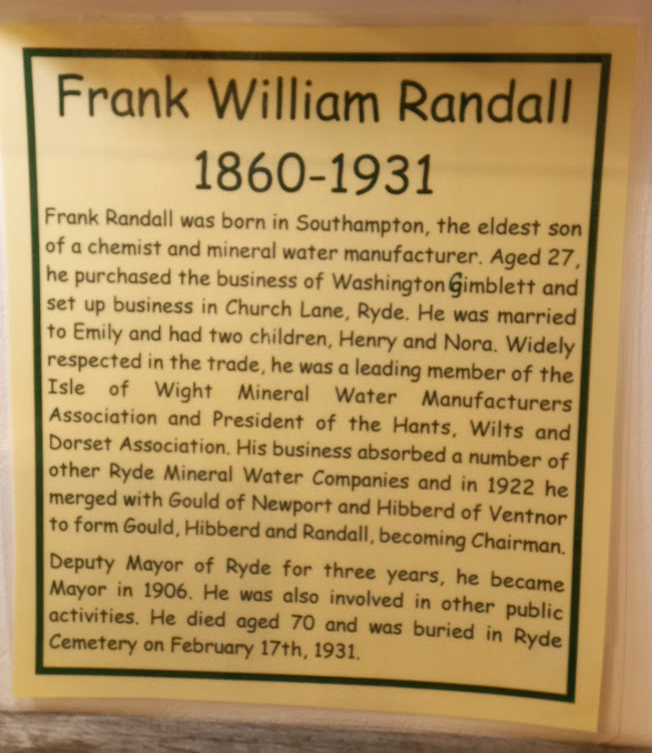
The scant information I started with from the museum.
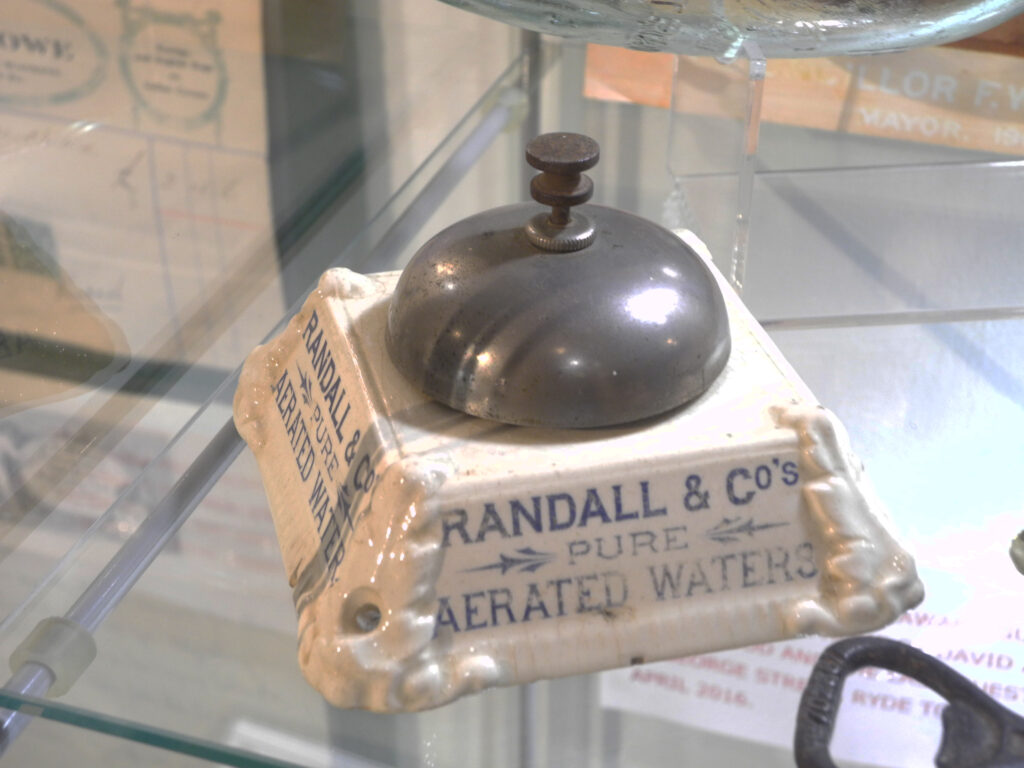
304 words, and a reference
Investigation of a broken ceramic bottle with ‘trademark Ryde’ written on it found on the beach in Ryde. What are its origins, and what was its use?
Ryde Museum confirmed that the bottle shard was an RR Randell fizzy drinks bottle. They specifically mentioned ginger beer and bestowed an intact bottle.
Frank William Randall, son of a chemist, purchased the business of Washington Gimblett in 1827 and set up a business in Church Lane Ryde. Randall’s manufactured fizzy drinks and mineral waters; it amalgamated with Gould and Hibberd of Newport in 1922.
Ceramic bottle manufacturers of this era embossed the bottles with their trademark maker stamp.
The manufacturer’s stamp on the original bottle is illegible because it has been in the sea; the stamp on the bottle that the museum supplied says ‘Powell Bristol’. The bottles have slightly different surface designs; one can assume the same pottery manufactured them, but they are a different maker’s batch.
Powell’s Pottery in Bristol was one of many potteries in Bristol at the time; by the end of the 19th century, it was England’s second-largest bottle manufacturer. William Powell established Powell’s Pottery in 1816; it exported stoneware and glass bottles globally and to the domestic market until 1907, when Powell’s merged with Price Sons and Co. The glaze on the bottles was the newly discovered ‘Bristol Glaze’, invented in Powell’s factory by a potter called Anthony Emmett in 1935. Bristol glaze was not patented. It replaced the salt glaze that had been used previously. Bristol glaze required only one fire to be watertight against liquids, including acid, which enabled Randall to store his lemonade and ginger beer.
The bottle shard, and intact bottle, must date sometime between 1827, when Randall opened his fizzy drinks manufacturing business, and 1907, when Powell’s Pottery got incorporated with Price Sons and Co.
References
Harris, B. (2011) ‘Ryde Museum and Heritage Centre’. Ryde: Royal Victoria Arcade.
Temple Gate Pottery (2017) Bristol Potters and Potteries. Available at: https://www.bristolpottersandpotteries.org.uk/potteries-list/temple-gate-pottery/ (Accessed: 13 July 2023).
Nineteenth Century utilitarian stoneware (no date a) Nineteenth Century Utilitarian Stoneware | Hampshire Cultural Trust Online Collections. Available at: https://collections.hampshireculture.org.uk/topic/nineteenth-century-utilitarian-stoneware (Accessed: 13 July 2023).
(No date a) Anthony Amatt – potter and entrepreneur. Available at: https://www.northernceramicsociety.org/wp-content/uploads/2020/05/Anthony-Ammatt.pdf (Accessed: 13 July 2023).
Frank William Randall – rshg.org.uk (no date) rsgh.org.uk. Available at: https://rshg.org.uk/wp-content/uploads/2015/08/3295-internalfile111.pdf (Accessed: 13 July 2023).
Barrett, A. (1931) ‘Frank William Randall’. RYDE: rshg.org.uk.
Randall and Co (2021) Wightpedia. Available at: https://www.wightpedia.org.uk/w/Randall_and_Co (Accessed: 13 July 2023).
Notes and doodles from lecture, a few bits & bob
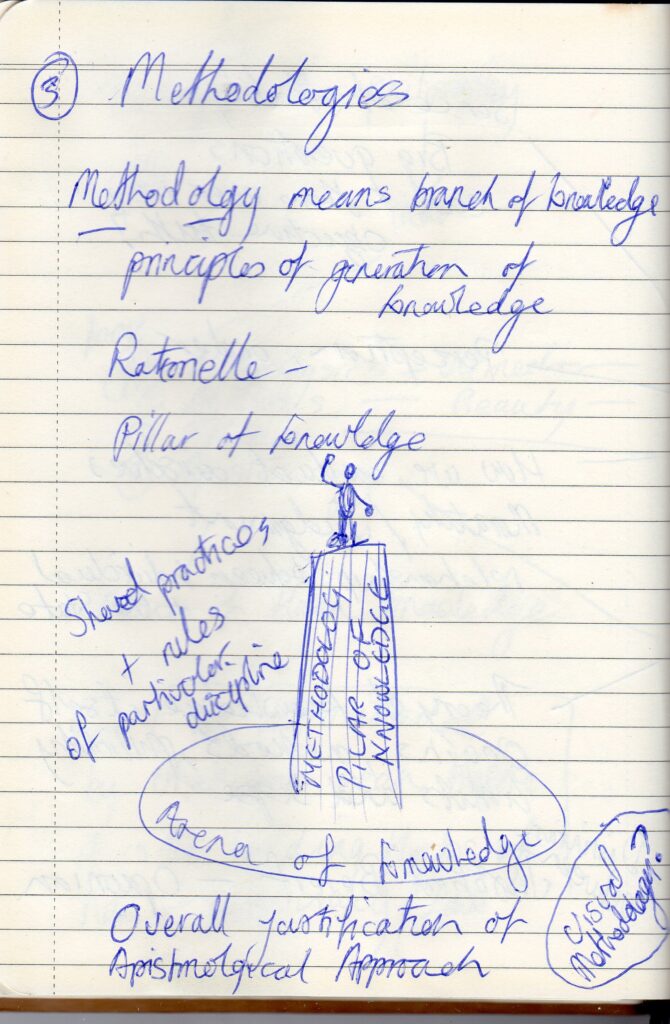
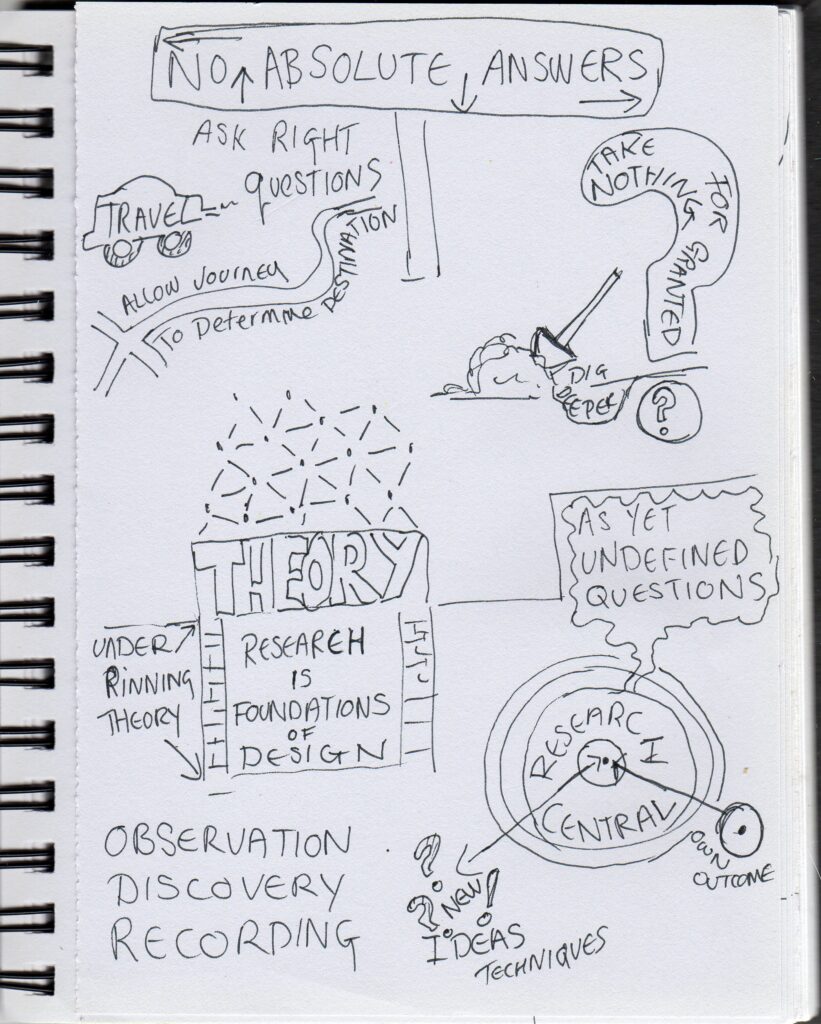
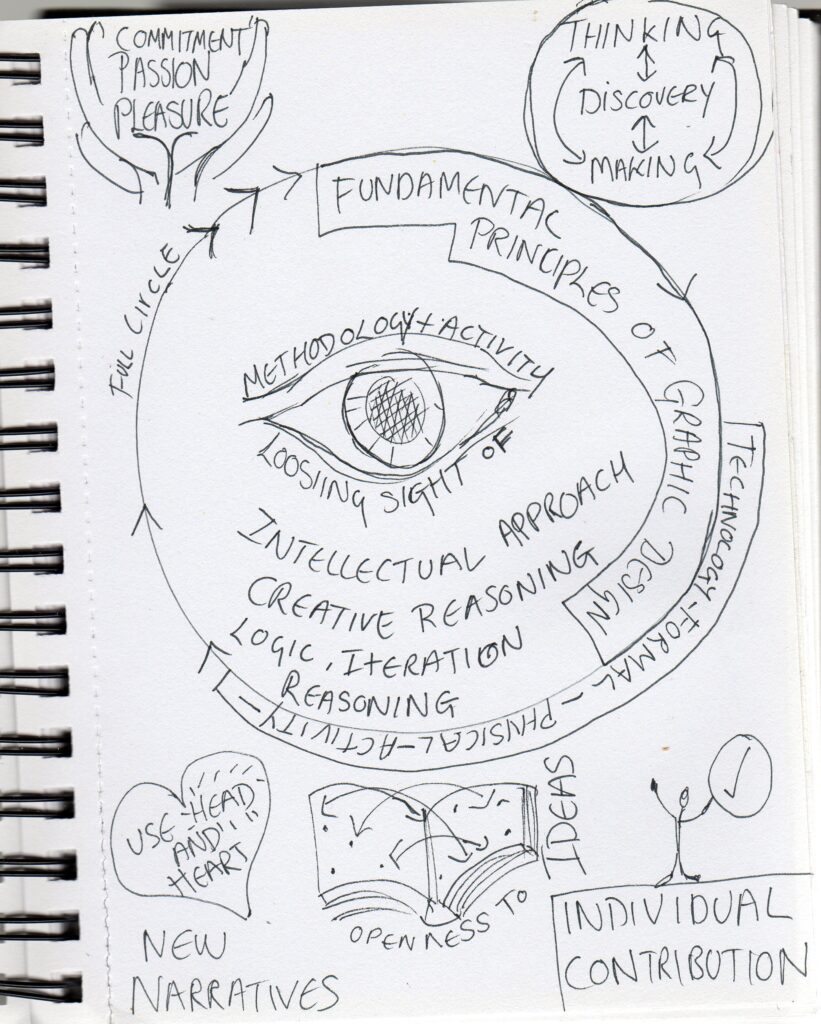
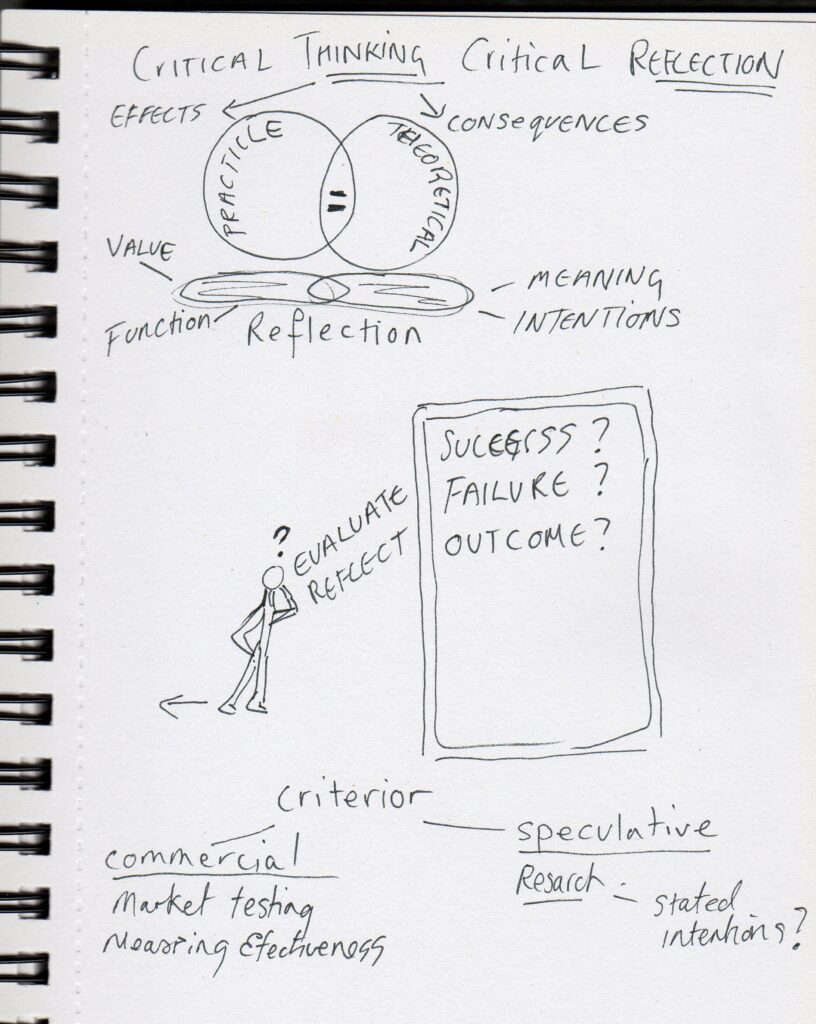
Microsoft Word – 3295-internalfile11.doc (rshg.org.uk)
Temple Gate Pottery – Bristol Potters and Potteries
Microsoft Word – 4140-internalfile34.doc (rshg.org.uk)
Anthony-Ammatt.pdf (northernceramicsociety.org)
I enjoyed the research task more than expected, I think because had a genuine interest in the bottle shard and its origins. I don’t think I have ever written an academic style paper before, I don’t even remember doing it on my textile design degree 20 something years ago. It is probably not my strongest area on the course, but learning about my bottle balanced it out a bit. I think the 300 word count was good for me, as it kept the task concise and prevented me from waffling.
